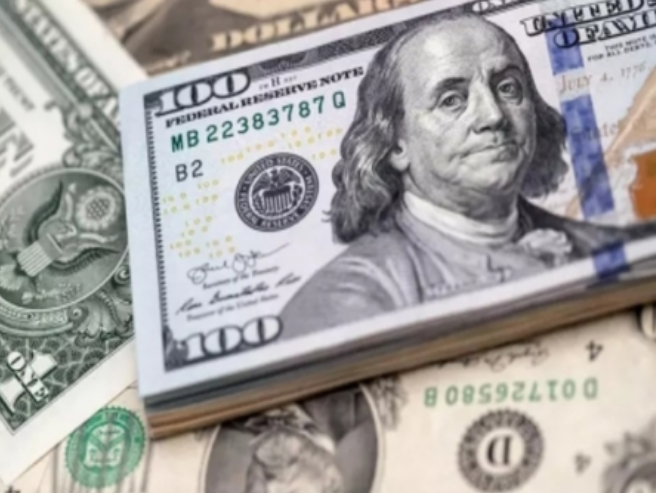New Delhi— India’s foreign exchange reserves stood at $691.5 billion as of May 30, enough to cover more than 11 months of goods imports and nearly 96% of the country’s total external debt, Reserve Bank of India (RBI) Governor Sanjay Malhotra said on Friday.
Despite a $1.2 billion dip for the week ending May 30—ending an eight-week streak of growth—the reserves remain close to their all-time high of $704.89 billion recorded in September 2024. The previous week saw a significant increase of $6.99 billion.
Changes in foreign currency assets (FCAs), which form the largest part of the reserves, are influenced by fluctuations in the value of global currencies. As of the latest data, FCAs totaled $586.17 billion.
“India’s external sector continues to display resilience, with key vulnerability indicators showing sustained improvement,” Malhotra said. “We remain confident in our ability to meet all external financing needs.”
Foreign capital inflows have also improved, with higher net inflows from external commercial borrowings (ECBs) and non-resident deposits compared to last year.
The RBI’s gold holdings, another key component of its forex reserves, now stand at $83.58 billion. This marks a significant rise, with the share of gold in total reserves nearly doubling since 2021, as central banks globally increase their gold purchases amid growing geopolitical uncertainty.
A robust forex buffer strengthens the rupee’s stability against the U.S. dollar and provides the central bank with greater flexibility to intervene in currency markets when needed. By supplying additional dollars in the spot and forward markets, the RBI can prevent sharp declines in the rupee’s value.
Meanwhile, India’s external sector is showing strong momentum. According to the Commerce Ministry, exports of goods and services rose 12.7% in April, reaching $73.8 billion—up from $65.48 billion during the same month last year—despite global headwinds, including recent U.S. tariff hikes. (Source: IANS)







